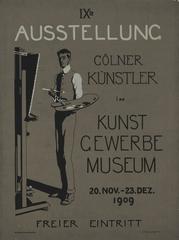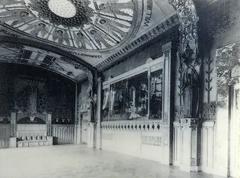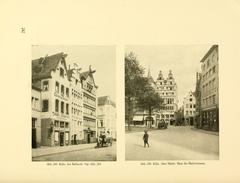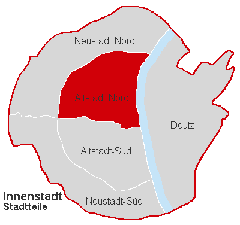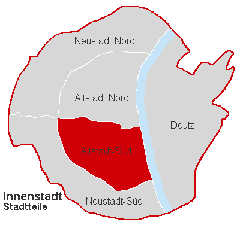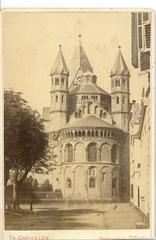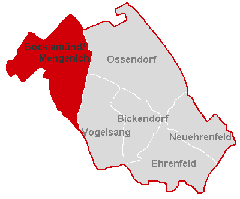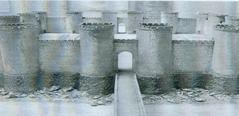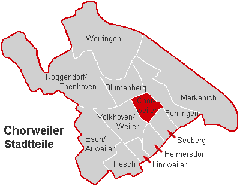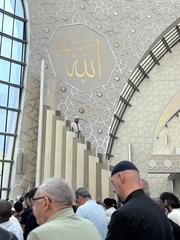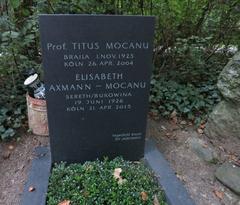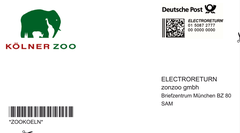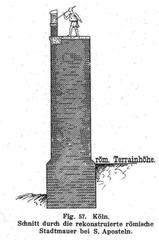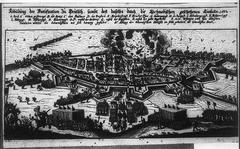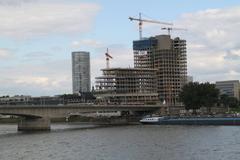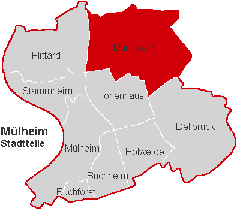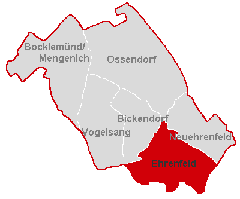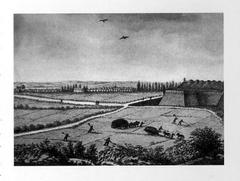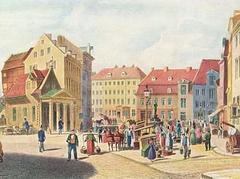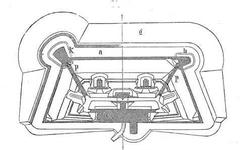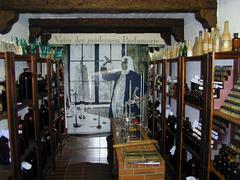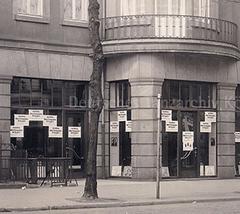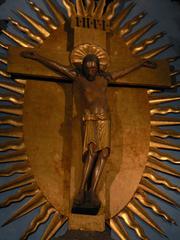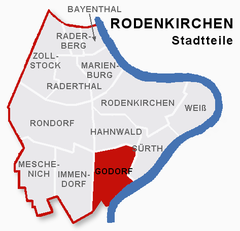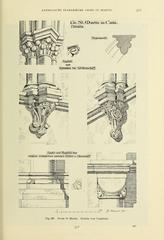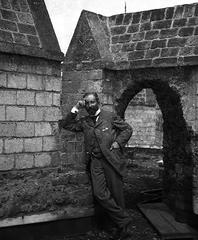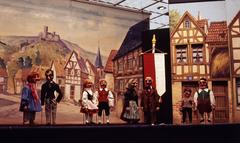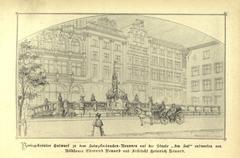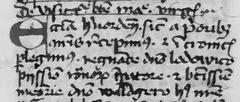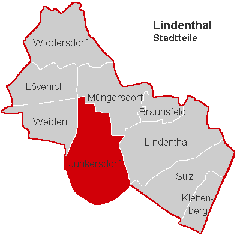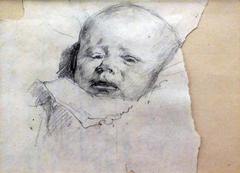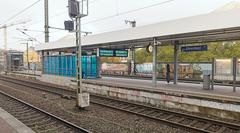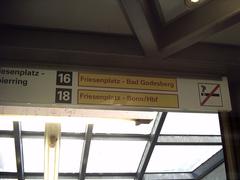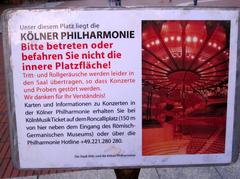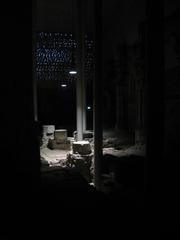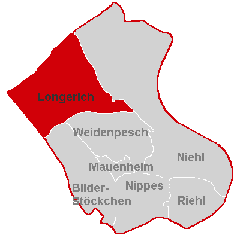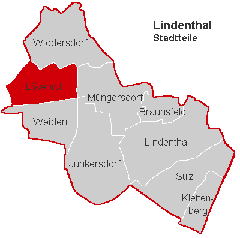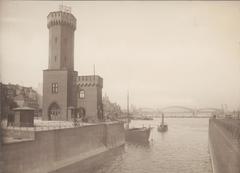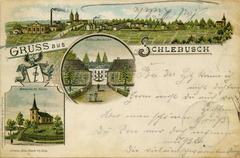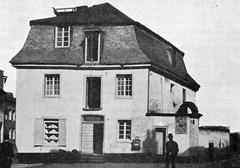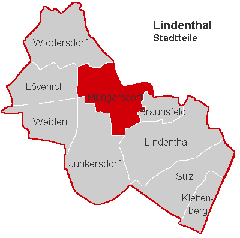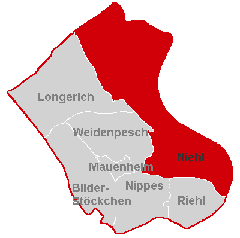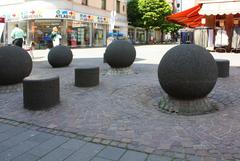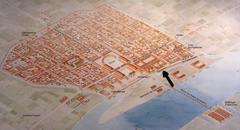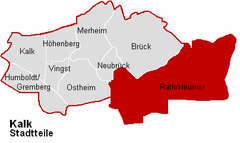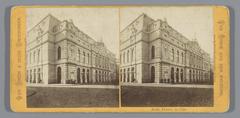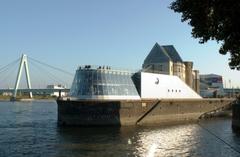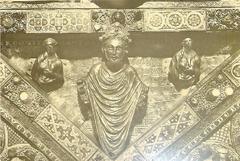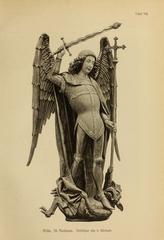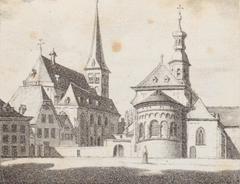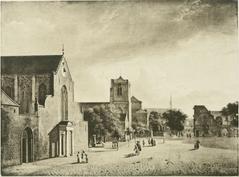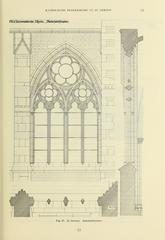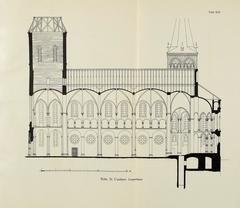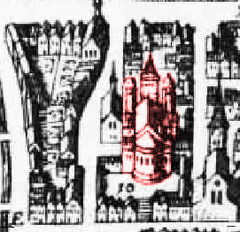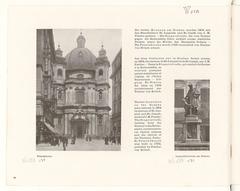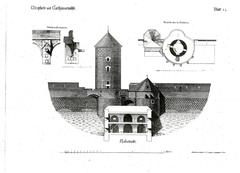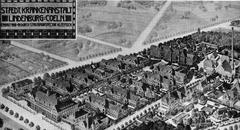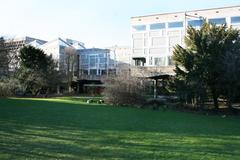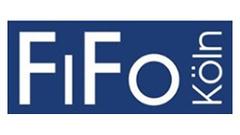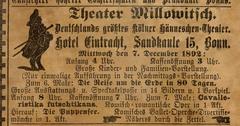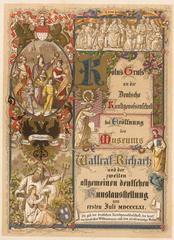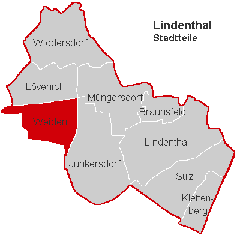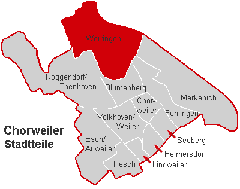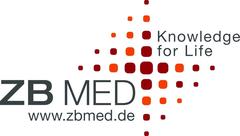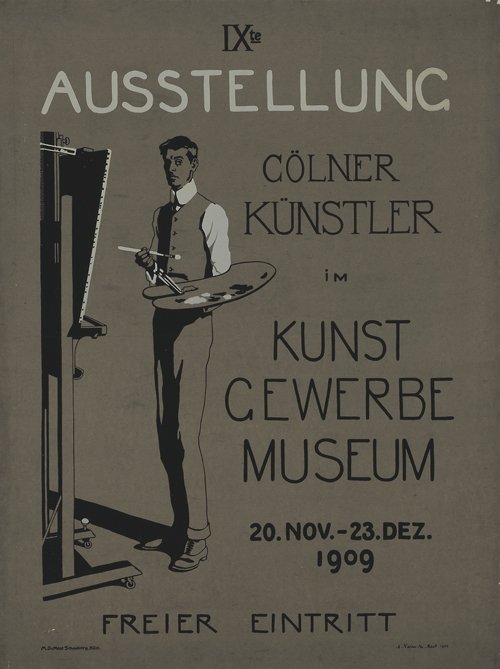
Comprehensive Guide to Visiting Museum für Angewandte Kunst, Cologne, Germany
Date: 19/07/2024
Introduction
The Museum für Angewandte Kunst in Cologne, Germany, is a beacon of applied arts, offering a unique blend of historical and contemporary artifacts that captivate both art connoisseurs and casual visitors. Established in 1888, this museum has grown to become a pivotal cultural institution, showcasing an extensive collection of objects that range from medieval reliquaries to modern design pieces by renowned artists such as Peter Behrens and Ettore Sottsass. The museum’s architectural evolution, from its original housing in the Wallraf-Richartz Museum to the modernist structure designed by Rudolf Schwarz and later renovated by Hans Schilling, reflects Cologne’s rich architectural heritage. Furthermore, the museum’s commitment to sustainability and inclusivity makes it a significant social and environmental hub within the city. Whether you’re planning a visit to explore its decorative arts, furniture, textiles, or to participate in its numerous educational programs and special events, this guide will provide you with all the essential information to make the most out of your visit (Museum für Angewandte Kunst).
Table of Contents
- Introduction
- History of the Museum für Angewandte Kunst, Cologne
- Significance
- Visitor Information
- FAQ
- Conclusion
- References
History of the Museum für Angewandte Kunst, Cologne
Origins and Early Development
The Museum für Angewandte Kunst (Museum of Applied Arts) in Cologne was founded in 1888, during a period of burgeoning interest in the applied arts and crafts movement. The initial collection was housed in the Wallraf-Richartz Museum and included furniture, textiles, ceramics, and metalwork. This was part of a broader European trend, with cities like Vienna and London also founding institutions dedicated to applied arts.
Architectural Evolution
The museum’s current building, located at An der Rechtschule, was designed by architect Rudolf Schwarz and completed in 1957. This post-war modernist structure was further renovated and expanded in 1989 by architect Hans Schilling, adding a glass façade to symbolize transparency and openness.
Collection Growth and Special Exhibitions
The museum now boasts over 100,000 objects, including works by designers like Peter Behrens and Ettore Sottsass. Notable exhibitions have included displays on Art Deco jewelry, Bauhaus furniture, and contemporary sustainable design.
Significance
Historical Significance
The Museum für Angewandte Kunst holds a pivotal place in Cologne’s cultural landscape. Conceived during the late 19th century to showcase industrial arts and crafts, its foundation reflected a broader European trend to elevate applied arts to the status of fine arts. Initially focusing on medieval and Renaissance artifacts, the museum’s collection has since expanded to include works from various periods and regions, offering visitors a comprehensive overview of the evolution of applied arts.
Architectural Significance
The museum’s building is a testament to Cologne’s evolving architectural styles. The original structure, designed by Franz Brantzky, was a prime example of late 19th-century eclectic architecture. After suffering extensive damage during World War II, the museum underwent significant reconstruction. In 1989, renowned architect Oswald Mathias Ungers led a major renovation and expansion, resulting in a striking postmodern design that seamlessly integrates with Cologne’s historic fabric.
Cultural Significance
The Museum für Angewandte Kunst is a cultural hub in Cologne, featuring a diverse collection that includes textiles, ceramics, glass, furniture, metalwork, and graphic design. The museum emphasizes contemporary design through regular exhibitions and events, providing a platform for innovative approaches to applied arts. Educational programs, including guided tours, workshops, and lectures, foster a deeper understanding of the value of design and craftsmanship.
Economic Significance
As a major cultural institution, the museum attracts numerous visitors annually, contributing to Cologne’s local tourism industry and supporting local businesses. By promoting contemporary designers and artisans, the museum fosters a vibrant creative community, enriching both the cultural and economic life of the city.
Social Significance
The Museum für Angewandte Kunst serves as a vital social space, bringing together diverse communities through inclusive programming. Events and activities cater to different age groups and cultural backgrounds, promoting social cohesion and cultural understanding. By showcasing works from various regions and traditions, the museum encourages dialogue and appreciation for cultural diversity.
Environmental Significance
The museum is committed to sustainability, incorporating energy-efficient systems and environmentally friendly materials in its building design. Exhibitions often explore themes related to environmental design, highlighting the work of designers who prioritize sustainability.
Visitor Information
Visiting Hours
The museum is open from Tuesday to Sunday, 10 AM to 6 PM. It is closed on Mondays and public holidays. Please check the official website for any changes to the schedule or special holiday hours.
Tickets
- Adults: €10
- Reduced (students, seniors, etc.): €5
- Children under 12: Free
- Family Ticket: €20
Tickets can be purchased at the museum entrance or online through the museum’s official website for convenience.
Guided Tours
Available in multiple languages, guided tours offer in-depth insights into the museum’s collection. Check the museum’s official website for scheduling and booking.
Special Events
The museum hosts special exhibitions, lectures, and workshops. Visit the official website for current and upcoming events.
Nearby Attractions
While visiting the Museum für Angewandte Kunst, you may also want to explore other nearby attractions in Cologne, such as the Cologne Cathedral, the Roman-Germanic Museum, and the Wallraf-Richartz Museum. The museum’s central location makes it a convenient stop on any tour of Cologne’s historical sites.
FAQ
Q: What are the Museum für Angewandte Kunst’s visiting hours?
A: The museum is open from Tuesday to Sunday, 10 AM to 6 PM, and closed on Mondays and public holidays.
Q: How much are tickets for the Museum für Angewandte Kunst?
A: General admission is €10, with reduced rates for students, seniors, and groups. Children under 12 enter for free.
Q: Are guided tours available?
A: Yes, guided tours are available in multiple languages. Check the museum’s official website for more details.
Conclusion
Visiting the Museum für Angewandte Kunst in Cologne offers a profound journey through the evolution of applied arts. From its rich historical collections to its contemporary exhibitions, the museum serves as a testament to the enduring significance of design and craftsmanship. The architectural splendor of its building, combined with its diverse cultural, economic, and social contributions, makes it a must-visit destination for anyone interested in the arts. Its central location in Cologne also provides easy access to other historical landmarks, enhancing the overall visitor experience. Plan your visit today to immerse yourself in the fascinating world of applied arts and design at the Museum für Angewandte Kunst (Museum für Angewandte Kunst).
